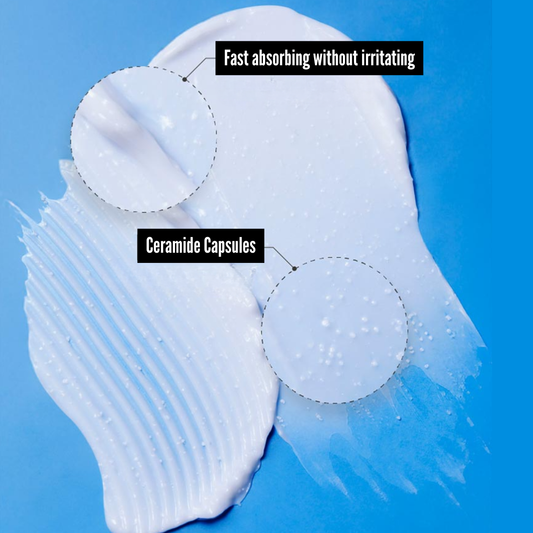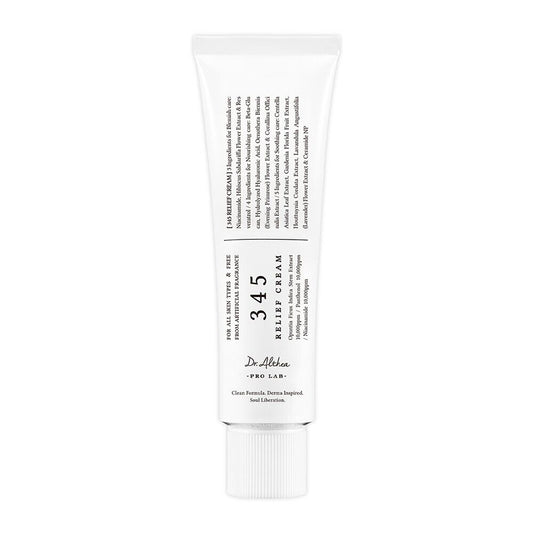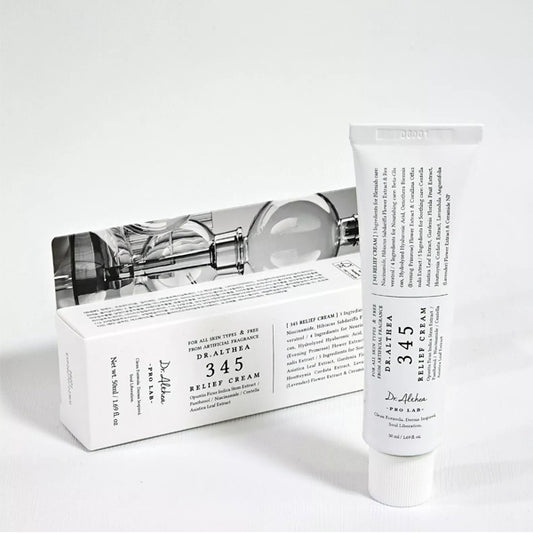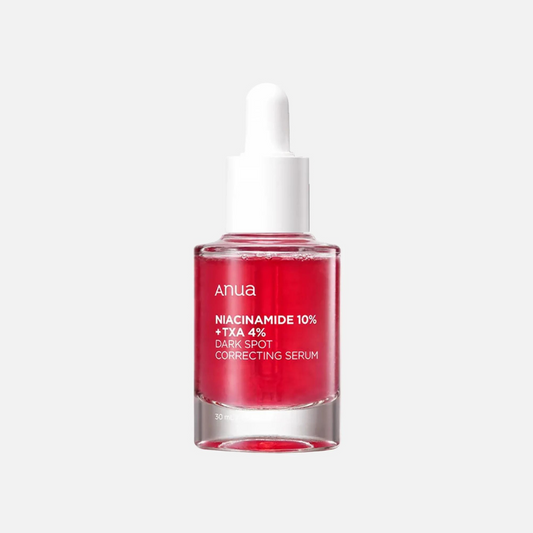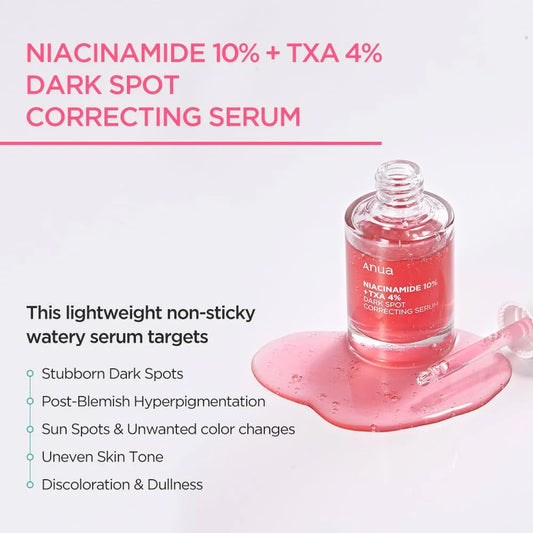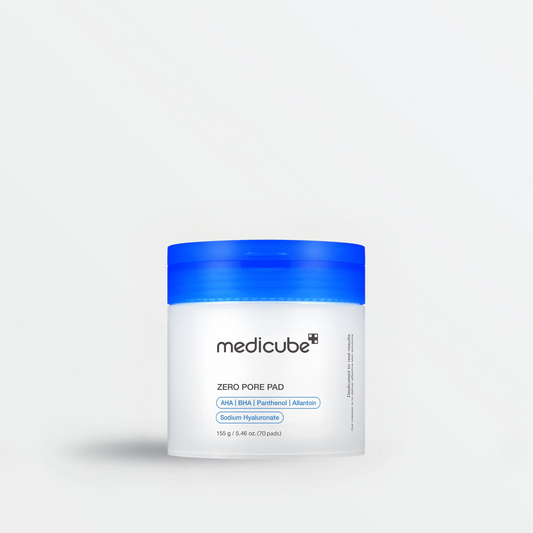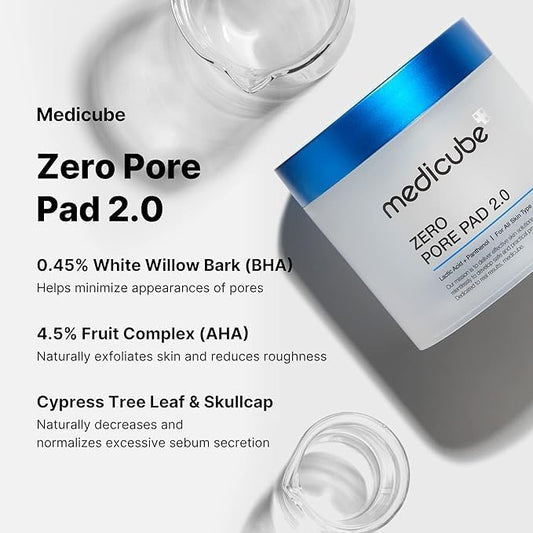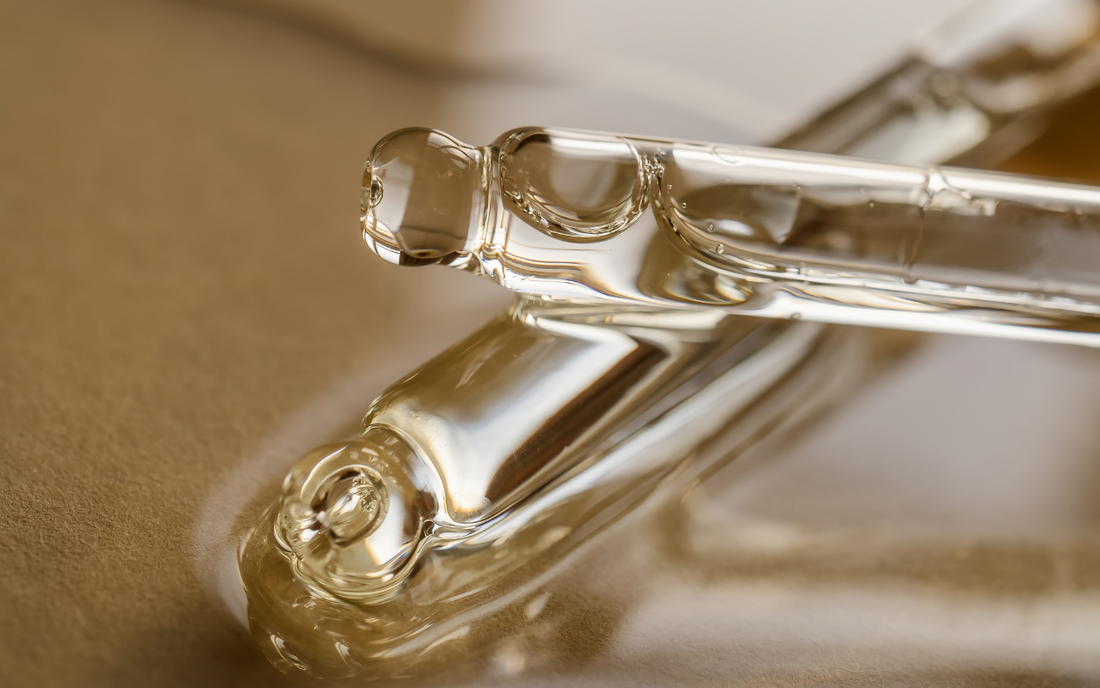
Retinol, Retinal, and Retinoic Acid: Understanding the Differences for Your Skin
Share
If you're exploring the world of anti-aging skincare, you've undoubtedly come across terms like retinol, retinal, and maybe even retinoic acid. These powerful ingredients belong to the vitamin A family, collectively known as retinoids. They are celebrated for their ability to promote skin cell turnover, boost collagen production, and improve overall skin texture and tone. But what sets them apart, and which one is right for you? Let's dive in! 1
Understanding the Key Players
The main difference between these retinoids lies in their conversion process within the skin to become the active form that your skin can use. 2
Retinol
Retinol is one of the most common over-the-counter (OTC) retinoids. When applied to the skin, it needs to undergo a two-step conversion process to become active. First, your skin enzymes convert retinol to retinaldehyde (often just called retinal), and then retinaldehyde is converted to retinoic acid, the form that actually works its magic on your skin cells.1, 3, 4
Benefits:
- Smooths fine lines and improves texture
- Boosts cell turnover for brighter skin
- Helps fade dark spots and early signs of aging
Best for:
Those starting their retinoid journey, or anyone with normal to combination skin looking for gradual improvement.
Retinal (Retinaldehyde)
Retinal (short for retinaldehyde) is another retinoid that's gaining popularity in OTC skincare. It's further along the conversion pathway than retinol. This means it only requires one step to be converted into retinoic acid in the skin. This makes it act faster than retinol. 1
Benefits:
- Delivers quicker visible results than retinol
- Reduces fine lines, texture, and acne
- Less irritation than prescription retinoids
Best for:
Those who have used retinol before and want to step up their results. Ideal for dull, tired, or aging skin that needs a little more power.
Retinoic Acid
Retinoic acid is the most potent form of vitamin A and the form that directly interacts with skin cells to produce its anti-aging effects. Prescription-strength retinoids, such as tretinoin (Retin-A), are retinoic acid. Because it's already in its active form, it doesn't require any conversion in the skin. This is why it's the strongest and typically available only by prescription.
Benefits:
- Clinically proven to reduce deep wrinkles
- Boosts collagen and elasticity
- Treats acne and post-acne marks
Best for:
Those under dermatological care or experienced users who want maximum anti-aging benefits.
If you are into chemistry and want to know how they look like, here you go

source: Lumen Learning (https://courses.lumenlearning.com/suny-nutrition/chapter/12-6-vitamin-a/)
The Conversion Pathway Visualized
Retinyl Esters (gentlest) → Retinol → Retinal (Retinaldehyde) → Retinoic Acid (most potent, active form)
Key Differences: Retinol vs. Retinal
| Feature | Retinol | Retinal (Retinaldehyde) |
|---|---|---|
| Conversion Steps to Active Form | Two steps | One step |
| Speed of Action | Slower to show results | Generally faster-acting than retinol (often cited as up to 11x faster in potential conversion, though on-skin results can vary) |
| Potency | Less potent | More potent than retinol |
| Irritation Potential | Can cause irritation, dryness, peeling (retinization period) | Can also cause irritation. Despite higher potency, some advanced formulations aim for similar or less irritation than retinol due to faster conversion or better delivery systems. However, higher potency generally means a higher initial risk. |
| Stability in Formulations | Can be unstable | Notoriously unstable and difficult to formulate effectively, often requiring advanced encapsulation technologies. |
| Antibacterial Properties | No significant direct antibacterial properties | Possesses direct antibacterial properties, which can be beneficial for blemish-prone skin. |
| Availability | Widely available in OTC products | Increasingly available in OTC products, often positioned as a more advanced or potent alternative. |
Is 1% Retinol the Same as 1% Retinal?
No, 1% retinol is NOT the same as 1% retinal.
Because retinal is closer to retinoic acid in the conversion pathway, it is significantly more potent than retinol at the same concentration. Some sources suggest that retinal can be around 20 times more powerful than retinol. This means a lower concentration of retinal (e.g., 0.1%) might offer comparable or even stronger effects than a higher concentration of retinol (e.g., 2%).
Therefore, you cannot directly compare percentages. A 1% retinal product would be considerably stronger and potentially more irritating than a 1% retinol product. 5
Retinol vs. Retinal Side Effects
Both retinol and retinal can cause similar side effects, often referred to as "retinization," especially when you first start using them or if you use too high a concentration too quickly. These can include:
- Dryness
- Redness
- Peeling or flaking
- Itching
- Increased sensitivity to the sun
Key Considerations for Side Effects:
- Potency: Because retinal is generally more potent, it may have a higher potential for causing irritation, especially if your skin isn't accustomed to retinoids. However, advanced retinal formulations are often designed to minimize irritation. 6
- Formulation: The overall formulation of the product (including delivery system, other ingredients, and concentration) plays a huge role in the potential for side effects.
- Individual Skin Sensitivity: Everyone's skin is different.
Retinal vs. Retinol Cream for Wrinkles or Fine Lines
When it comes to treating wrinkles and fine lines, both retinal and retinol creams work through the same ultimate mechanism: increasing cell turnover and stimulating collagen production once converted to retinoic acid.
Retinal Creams:
- Pros: May deliver visible results more quickly due to faster conversion. Higher potency can be beneficial for more pronounced signs of aging. Antibacterial property is a bonus for adult acne.7
- Cons: Can be more expensive. May have a higher initial risk of irritation if not introduced carefully.
Retinol Creams:
- Pros: More widely available and often more affordable. Good starting point for beginners or sensitive skin. Extensive research backing its efficacy.
- Cons: May take longer to see significant results compared to retinal.
Which to Choose?
- Beginners or Sensitive Skin: Often, starting with a low-concentration retinol product is recommended.8
- Seeking Faster/More Potent Results (and skin is accustomed to retinoids): Retinal may be a good option if you've used retinol before without issues.
- Blemish-Prone and Aging Skin: Retinal's antibacterial properties could make it a particularly good choice.
Important Tips for Using Any Retinoid (Retinol or Retinal)
- Start Slow: Begin by using the product only a few times a week (e.g., every other night or every third night) and gradually increase the frequency as your skin tolerates it. 8
- Use a Pea-Sized Amount: A little goes a long way.
- Apply at Night: Retinoids can make your skin more sensitive to the sun.
- ALWAYS Use Sunscreen During the Day: This is crucial, as retinoid use increases sun sensitivity. Use a broad-spectrum SPF 30 or higher.
- Moisturize: Combat potential dryness by using a good moisturizer before or after your retinoid (some prefer the "sandwich method" - moisturizer, retinoid, moisturizer). 9
- Listen to Your Skin: If you experience significant irritation, reduce the frequency of use or take a break.
- Avoid Other Potentially Irritating Ingredients: Be cautious when using retinoids alongside other strong actives like AHAs, BHAs, or vitamin C, especially in the same routine, unless your skin is very resilient or under the guidance of a dermatologist. Consider alternating nights.
- Patience is Key: It can take several weeks to months to see noticeable results. Consistency is more important than using a high strength too quickly.
FAQ
Q: Can I use retinol and retinal together?
No — they work in the same pathway. Choose one based on your experience and skin tolerance.
Q: When should I start using retinoids?
Most dermatologists recommend starting in your mid-to-late 20s to maintain collagen and prevent early signs of aging.
Q: Can I use retinoids with exfoliating acids?
It's best to alternate them. Use acids in the morning or on off-retinoid nights to avoid irritation.
Q: How long until I see results?
Expect visible improvement in 8–12 weeks with consistent use. Retinal works slightly faster than retinol.
Disclaimer: This information is for educational purposes only and should not be considered medical advice. Always consult with a dermatologist or healthcare professional before starting any new skincare regimen, especially if you have sensitive skin or pre-existing skin conditions.
Sources
- ISDIN: Retinal (With an A): The Complete Guide (https://www.isdin.com/us/blog/isdinnovation/complete-guide-to-retinal/)
- Health.com: What's the Difference Between Retinoid and Retinol? (https://www.health.com/retinoid-vs-retinol-8380229)
- SLMD: OTC Retinol vs. Prescription Retinoids: What’s Best for Your Skin? (https://slmdskincare.com/blogs/learn/otc-retinol-vs-prescription-retinoids-which-should-you-use)
- Stanford Medicine: Does retinol deserve the hype? A Stanford dermatologist weighs in (https://med.stanford.edu/news/insights/2020/08/does-retinol-deserve-the-hype-a-stanford-dermatologist-weighs-in/)
- PubMed Central: Retinoids: active molecules influencing skin structure formation in cosmetic and dermatological treatments, (https://pmc.ncbi.nlm.nih.gov/articles/PMC6791161/
- Lesielle: Retinol vs Retinal. Let´s explain the difference (https://www.lesielle.com/us/blog/retinol-vs-retinal-lets-explain-the-difference-118)
- Medik8: Retinal vs Retinol: Which Is Better For Your Skin? (https://eu.medik8.com/pages/retinal-vs-retinol-which-is-better-for-your-skin)
- Paula's Choice: Your guide to retinoid and retinol strengths (https://www.paulaschoice-eu.com/which-retinol-strength-should-i-use)
- Medik8: What You Need to Know About Retinol and Dry Skin (https://www.medik8.com/pages/tips-on-how-to-use-retinol-for-dry-skin)


